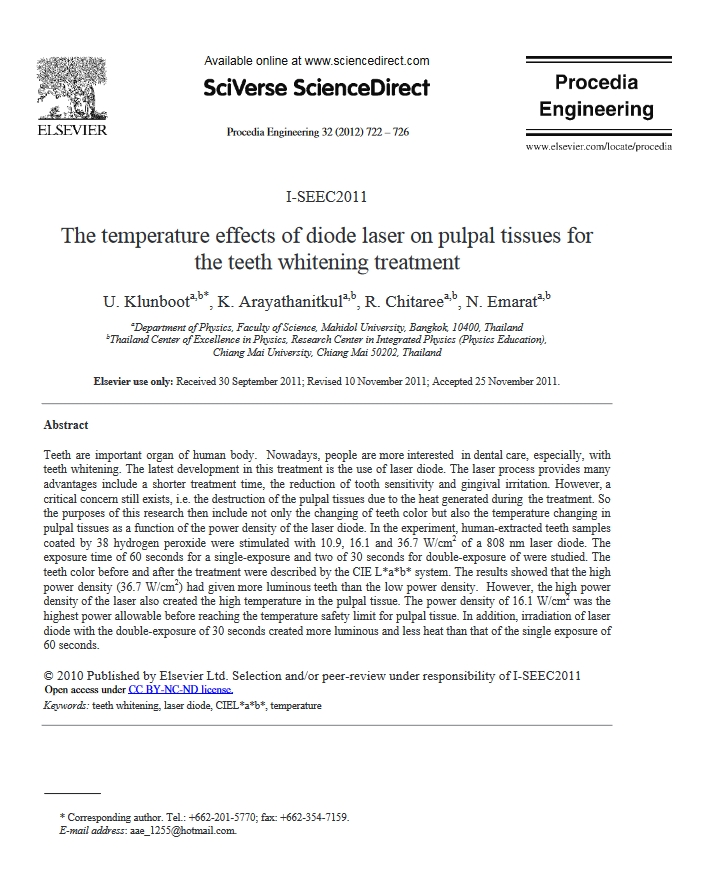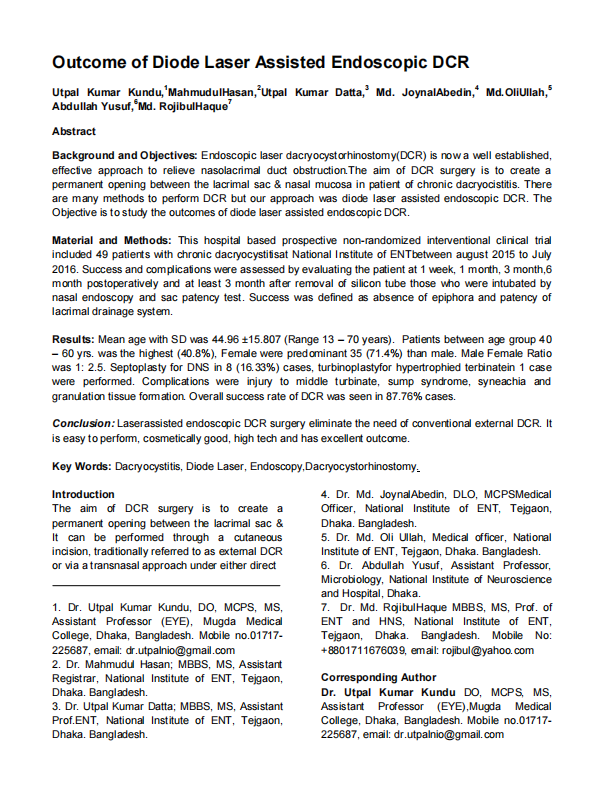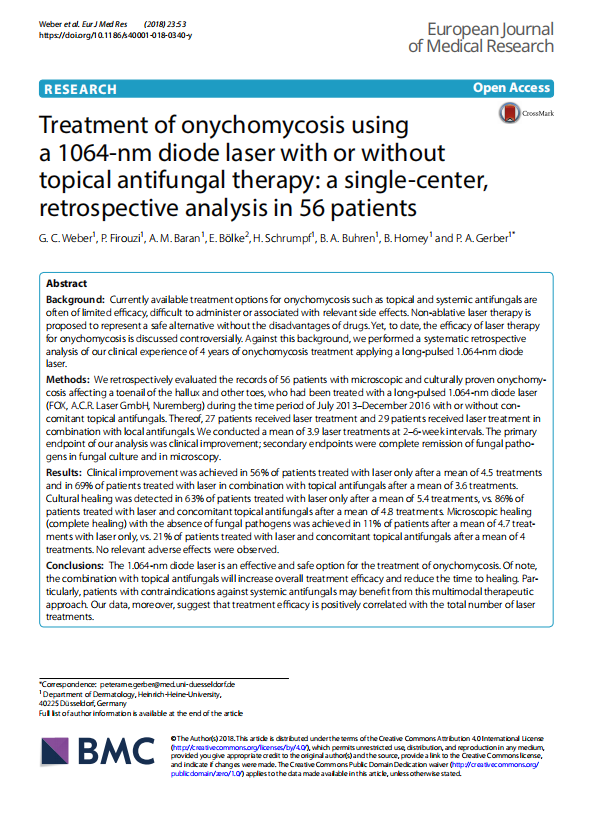Assessment of Healing after Diode Laser Gingivectomy Prior to Prosthetic Procedures
This pilot study examined gingival healing following diode laser gingivectomy in 41 teeth before prosthetic procedures. Key parameters assessed included recovery time, impression feasibility, procedure duration, bleeding, tissue adherence, postoperative hemorrhage, pain, and wound healing. At 24 hours, all gingival wounds had fibrinous plaque and an erythematous halo. By 72 hours, 4.9% of wounds advanced to a granulated surface with a normal pale pink color. At one week, 24.4% of cases had a granulated surface, while 75.6% showed complete healing. By the second week, all wounds had a normal pale pink color. Bleeding was minimal, and postoperative pain was low or nonexistent. No postoperative hemorrhage occurred after the first week. Tissue recovery in terms of contour, color, and wound appearance was asymptomatic. The study concluded that laser gingivectomy allowed clinicians to perform prosthetic procedures in the same visit.





